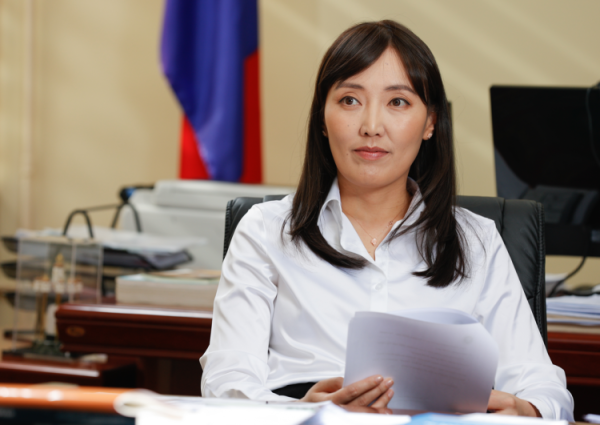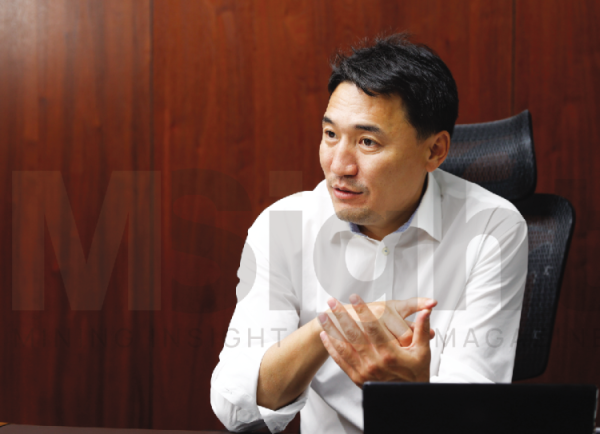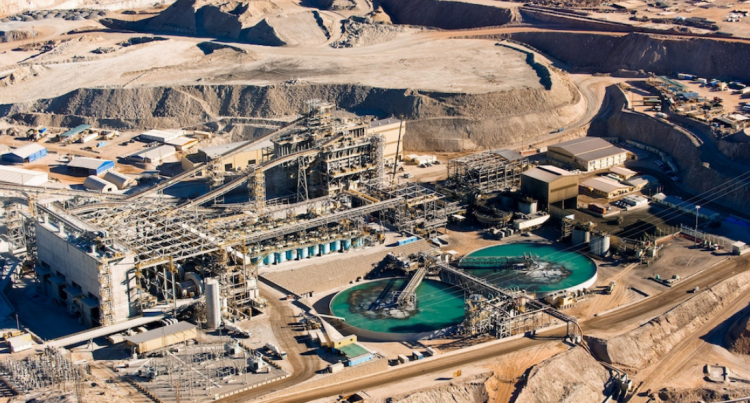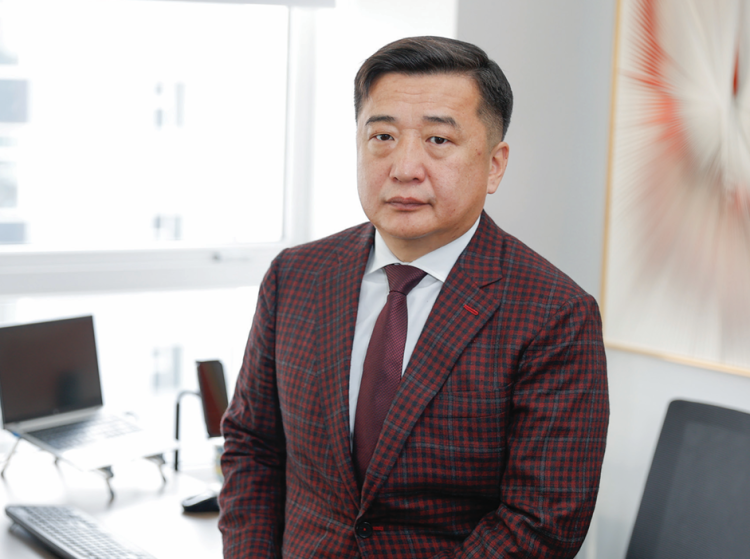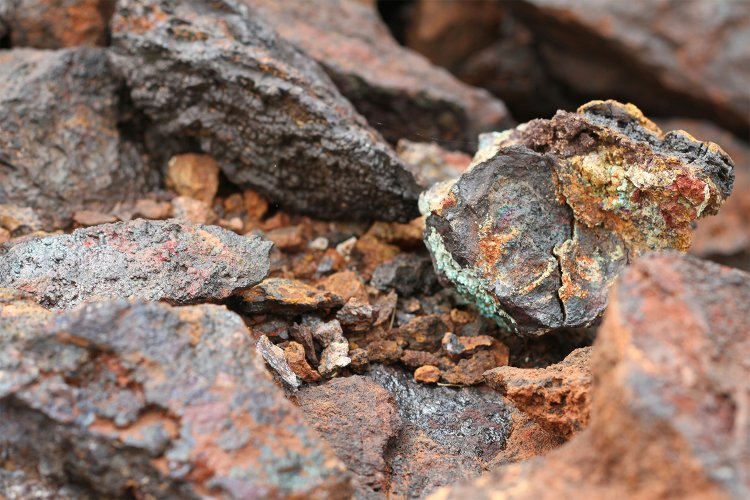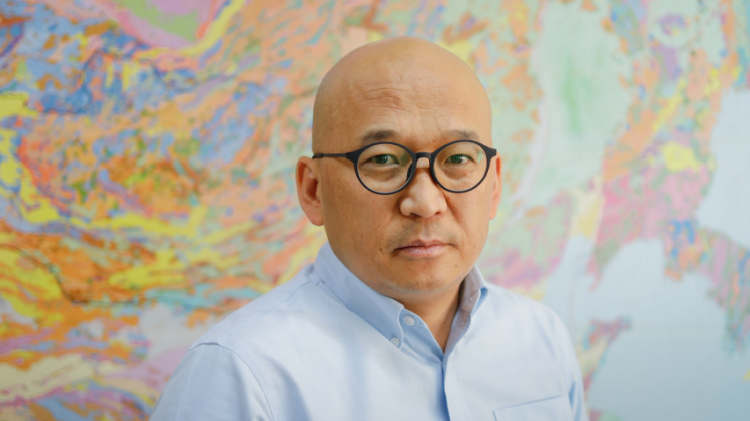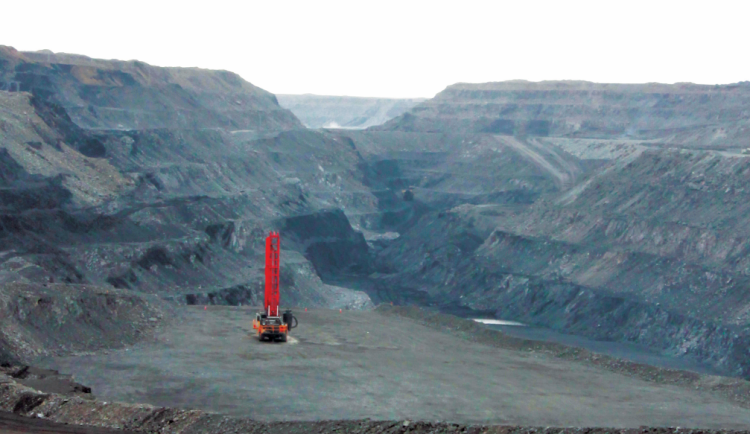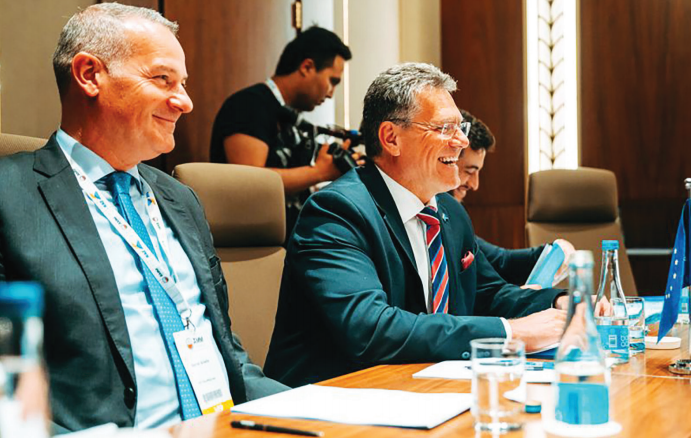 Mining Insight had the privilege of serving as a media partner for the esteemed 5th European Raw Materials Summit, which took place in Brussels, Belgium, the heart of the European Union, from May 15-17. Our collaboration with this premier mining industry event allowed us to actively participate and provide coverage of the European Raw Materials Summit, as featured in our latest May issue. Following the conclusion of the fifth session of EIT RawMaterials, Batbold.O from Mining Insight engaged in an insightful conversation with Bernd Schaefer, the CEO and Managing Director of EIT RawMaterials, shedding light on the key topics addressed during the conference and offering valuable insights into the future trajectory of mineral raw materials. This exclusive interview aims to provide our readers with a deeper understanding of the discussions and the upcoming trends in the industry. EIT RawMaterials, HQ in Berlin in collaboration with the European Institute of Innovation and Technology (EIT) of the European Union, plays a vital role in organizing the prestigious European Raw Materials Summit.
Mining Insight had the privilege of serving as a media partner for the esteemed 5th European Raw Materials Summit, which took place in Brussels, Belgium, the heart of the European Union, from May 15-17. Our collaboration with this premier mining industry event allowed us to actively participate and provide coverage of the European Raw Materials Summit, as featured in our latest May issue. Following the conclusion of the fifth session of EIT RawMaterials, Batbold.O from Mining Insight engaged in an insightful conversation with Bernd Schaefer, the CEO and Managing Director of EIT RawMaterials, shedding light on the key topics addressed during the conference and offering valuable insights into the future trajectory of mineral raw materials. This exclusive interview aims to provide our readers with a deeper understanding of the discussions and the upcoming trends in the industry. EIT RawMaterials, HQ in Berlin in collaboration with the European Institute of Innovation and Technology (EIT) of the European Union, plays a vital role in organizing the prestigious European Raw Materials Summit.The Raw Materials Summit turns five this year. How much progress has been made toward the goal of achieving sustainable development in the mining sector of the EU? In comparison to the initial objective, to what extent do you believe advancements have been achieved?
Responsible mining is crucial to making Europe self-sufficient, less vulnerable, and more competitive. In March, the EU proposed a legal framework, the Critical Raw Materials Act (CRMA), which is viewed by the metals and minerals sector as the most vital action needed to reform the industry. As an answer to this, The European Raw Materials Alliance (ERMA), which is managed by EIT RawMaterials, released the “European Call for Action on Materials For Energy Storage and Conversion,” a roadmap that, if followed and given an investment of at least Ө15bn, could supply many of the EU’s raw materials needs by 2030 and beyond. The proposed actions and the right financial investments will be crucial steps toward achieving the ambitious goals of the Green Deal.
European mining technology companies are striving to enhance their products to minimize the environmental impact of the mining industry on the sustainability of raw materials. For instance, FLSmidth & Co. A/S, a Danish company, is currently working on innovative technology to enable eco-friendly mining practices that eliminate smoke and water waste. Could you list a few examples of cutting-edge technologies in this field?
Innovation is a crucial solution to address Europe’s raw materials gap and help achieve the net-zero agenda. The innovation community of EIT RawMaterials is a fundament for driving innovation in Critical Materials. We work together with many start-ups that are on the verge of bringing innovative, cutting-edge technologies onto the market. An example is Anna Vanderbruggen, a scientist and EIT Awards Winner 2022, who has developed a breakthrough method to recycle graphite from used lithium batteries. An important contribution to reducing the environmental impact of battery production while decreasing reliance on raw material imports from outside the EU. Another great example is MagREEsource which uses a hydrogen recycling process and innovative technologies for manufacturing new magnets from used ones. This first 50-tonper-year industrial pilot will be operational in the second half of 2023. Dust is a big problem at mining sites, to tackle this challenge Bind-X, supported by EIT RawMaterials, has developed a sustainable dust waste management solution, which makes mining and agriculture safer and more efficient.
What are the primary challenges associated with the 2030 goals of the Critical Raw Material Act? Do you have any suggestions or opinions on potential solutions to address these challenges?
EIT RawMaterials welcomes the Critical Raw Materials Act but we need quantifiable targets and tangible outcomes and in some cases, like recycling, more ambitious targets, to avoid merely symbolic gestures. Engaging member states, commission leaders, finance institutions, and companies is crucial to achieving the Act’s objectives. Right now, it is really about speed and execution.
How can Mongolia establish itself as a supplier of critical minerals and other raw materials to European countries, despite being a landlocked nation bordered by China and Russia? In what ways do you believe Mongolia can capitalize on the opportunity to engage with the EU and its member countries to achieve this goal?
The ‘Critical Raw Materials Act’ highlights the urgency to diversify supplies away from single-state economies and reduce mining permitting times that will help mobilize investment in responsible extraction. This is well underway. Together with the European Commission, we are strengthening relationships with governments and markets around the world to help secure investments and strategic opportunities. We are in regular contact with those from Ukraine, Greenland, Australia, Africa, Norway, Latin America, Canada, and the US to secure the supply of critical raw materials.
Mining Insight Magazine №06 (019), June 2023




